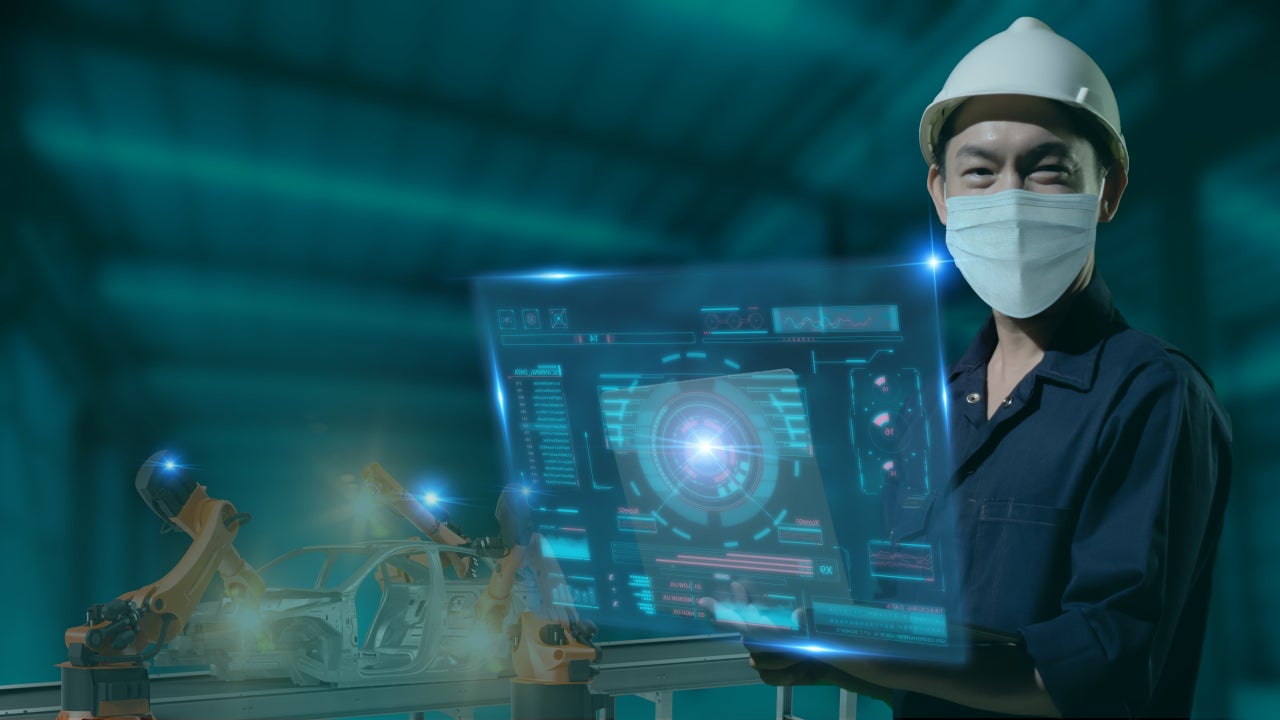Digital twins ingest data and use it to create representations of individual assets or groups of assets, ranging from parts, machines, entire plants, or a whole physical infrastructure. Digital twins are a tool with various applications, from factories to government to hospitals. During the Covid-19 pandemic, digital twins have supported organisations modelling how to respond to the crisis.
Macroeconomic Trends
Listed below are the key macroeconomic trends impacting the digital twin’s theme, as identified by GlobalData.
Combatting Covid-19
Digital twin technology will be used to manage change in the wake of Covid-19, particularly around how we construct, design, manage, and occupy buildings. Twin technology has a key role to play in managing and tracking Covid-19 so that people can return safely to urban environments and workplaces.
The pandemic will accelerate the adoption of digital twins to help government officials, businesses, and citizens better prepare for future public health crises. It will also enable them to better visualise and correlate analytics across multiple sectors, to rapidly assess and implement economic recovery plans for affected cities and urban regions.
Creating national digital twins
Countries have started to create national digital twins that connect multiple city twins, together with national infrastructure and systems. The UK’s National Digital Twin (NDT) programme has been in place since July 2018, run by the Centre for Digital Built Britain (CDDB). The programme aims to deliver an information management framework to enable the NDT and align industry, academia, and government around this agenda.
The NDT programme was set up to deliver the main recommendations of the National Infrastructure Commission 2017 “Data for the Public Good” Report, which included creating an ecosystem of connected digital twins.

US Tariffs are shifting - will you react or anticipate?
Don’t let policy changes catch you off guard. Stay proactive with real-time data and expert analysis.
By GlobalDataDigital twins and climate change
Digital twins will become increasingly important as governments try to meet climate change targets, in part by improving the energy efficiency of buildings. In Singapore, Nanyang Technological University (NTU)’s EcoCampus used digital twin technology to provide high-level visualisation and analysis of testbed energy reduction technologies on-site before delving into detailed simulation and calibrated modelling of 21 campus buildings. Phase 1 of the project concentrated on creating a master planning model of the EcoCampus, complete with energy signatures for each building on the campus.
With climate change in mind, the European Commission has created the Destination Earth (DestinE) plan to develop a digital model of our planet. It will test scenarios that would enable more sustainable development, including integrating digital twins around weather forecasting and climate change, food and water security, global ocean circulation, and the biogeochemistry of the oceans.
This is an edited extract from the Digital Twins- Thematic Research report produced by GlobalData Thematic Research.









